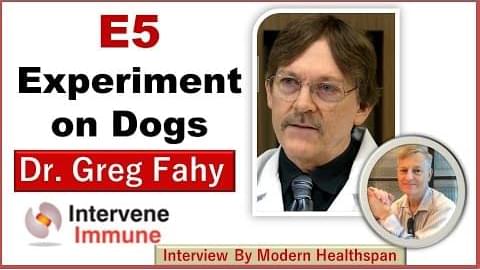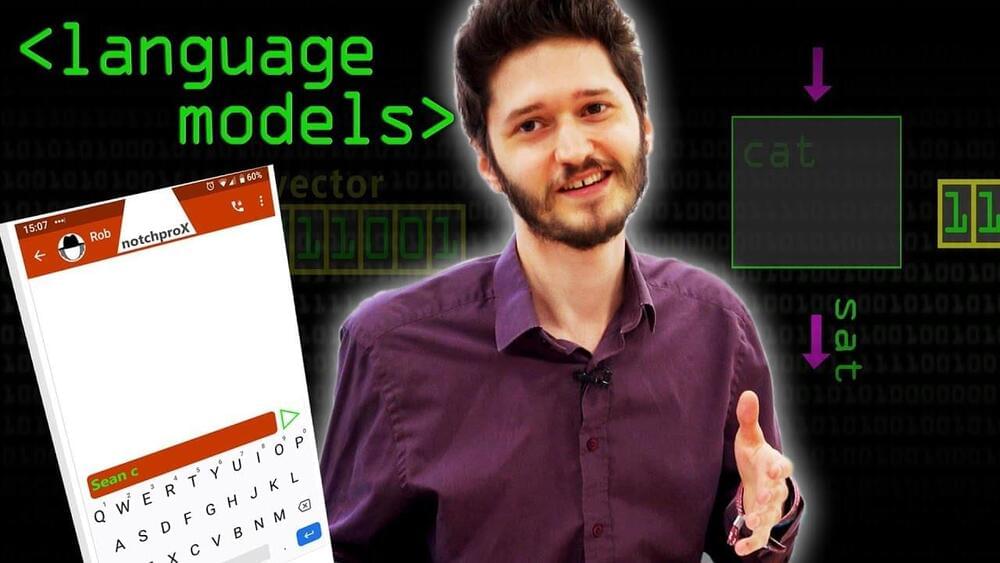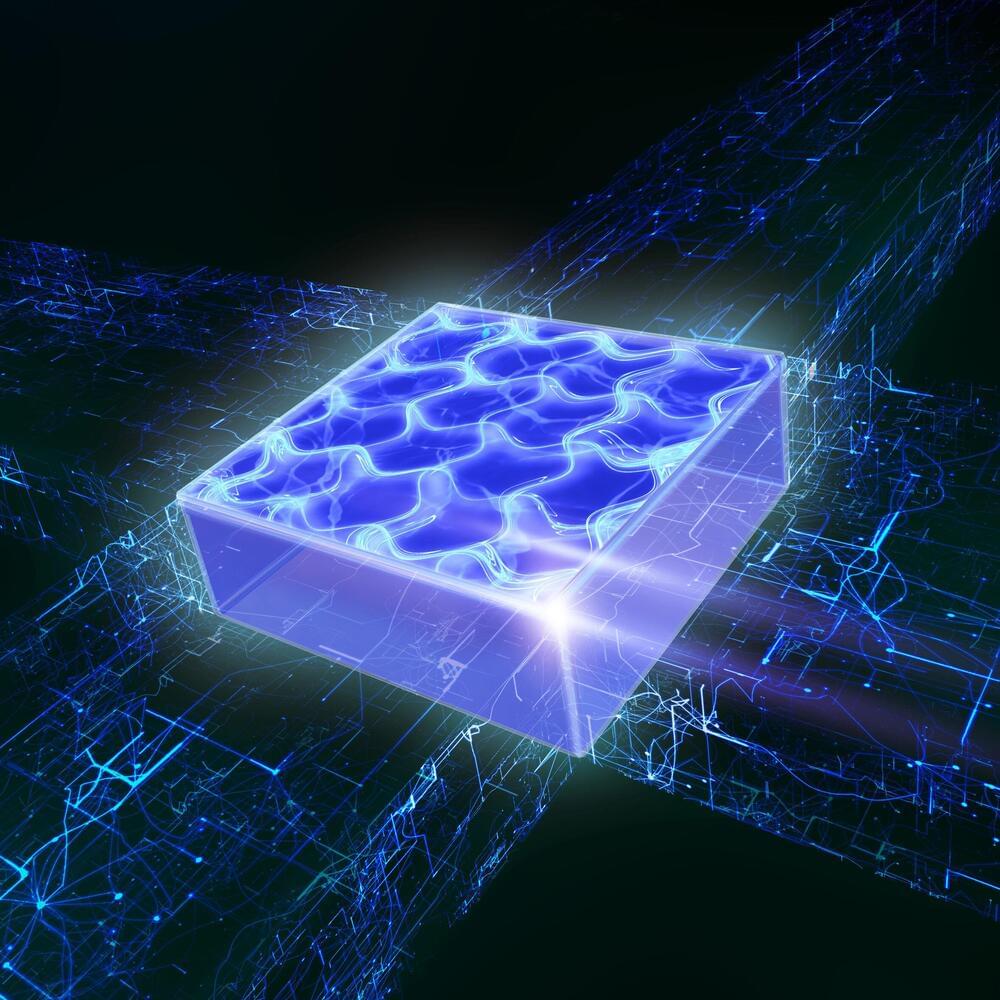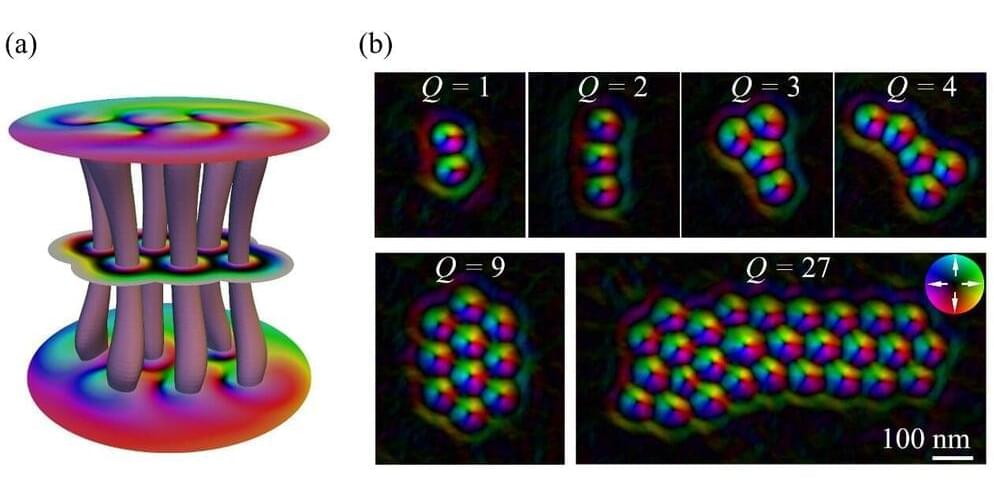Page 5025
Aug 18, 2021
## Center for Research on Foundation Models • Aug 16 2021
Posted by Scott Bleackley in categories: economics, education, law, robotics/AI, security
# On the Opportunities and.
Risks of Foundation Models.
AI is undergoing a paradigm shift with the rise of models (e.g., BERT, DALL-E, GPT-3) that are trained on broad data at scale and are adaptable to a wide range of downstream tasks. We call these models foundation models to underscore their critically central yet incomplete character.
This report provides a thorough account of the opportunities and risks of foundation models, ranging from their capabilities (e.g., language, vision, robotics, reasoning, human interaction) and technical principles (e.g., model architectures, training procedures, data, systems, security, evaluation, theory) to their applications (e.g., law, healthcare, education) and societal impact (e.g., inequity, misuse, economic and environmental impact, legal and ethical considerations).
Continue reading “## Center for Research on Foundation Models • Aug 16 2021” »
Aug 18, 2021
Two-dimensional supersolid quantum gas produced in the laboratory for the first time
Posted by Quinn Sena in categories: particle physics, quantum physics
Quantum matter can be solid and fluid at the same time—a situation known as supersolidity. Researchers led by Francesca Ferlaino have now created for the first time this fascinating property along two dimensions. They now report in the journal Nature on the realization of supersolidity along two axes of an ultracold quantum gas. The experiment offers many possibilities for further investigation of this exotic state of matter.
Quantum gases are very well suited for investigating the microscopic consequences of interactions in matter. Today, scientists can precisely control individual particles in extremely cooled gas clouds in the laboratory, revealing phenomena that cannot be observed in the every-day world. For example, the individual atoms in a Bose-Einstein condensate are completely delocalized. This means that the same atom exists at each point within the condensate at any given time. Two years ago, the research group led by Francesca Ferlaino from the Department of Experimental Physics at the University of Innsbruck and the Institute of Quantum Optics and Quantum Information at the Austrian Academy of Sciences in Innsbruck managed for the first time to generate supersolid states in ultracold quantum gases of magnetic atoms. The magnetic interaction causes the atoms to self-organize into droplets and arrange themselves in a regular pattern.
“Normally, you would think that each atom would be found in a specific droplet, with no way to get between them,” says Matthew Norcia of Francesca Ferlaino’s team. “However, in the supersolid state, each particle is delocalized across all the droplets, existing simultaneously in each droplet. So basically, you have a system with a series of high-density regions (the droplets) that all share the same delocalized atoms.” This bizarre formation enables effects such as frictionless flow despite the presence of spatial order (superfluidity).
Aug 18, 2021
Val Kilmer Recreated His Speaking Voice Using Artificial Intelligence and Hours of Old Audio
Posted by Sean Brazell in categories: biotech/medical, education, information science, robotics/AI

🥲👍
Val Kilmer marked the release of his acclaimed documentary “Val” (now streaming on Amazon Prime Video) in a milestone way: He recreated his old speaking voice by feeding hours of recorded audio of himself into an artificial intelligence algorithm. Kilmer lost the ability to speak after undergoing throat cancer treatment in 2014. Kilmer’s team recently joined forces with software company Sonantic and “Val” distributor Amazon to “create an emotional and lifelike model of his old speaking voice” (via The Wrap).
Aug 18, 2021
New exotic magnetic quasiparticle ‘skyrmion bundle’ joins topological zoo
Posted by Quinn Sena in categories: innovation, particle physics
In a study recently published in Nature Nanotechnology, a research group led by Prof. Du Haifeng and Dr. Tang Jin from High Magnetic Field Laboratory, Hefei Institutes of Physical Science (HFIPS), reported a scientific breakthrough after they found skyrmion bundles, a new family member of topological magnetic structures.
With the help of Lorentz transmission electron microscopy (Lorentz-TEM), the research group clarified, for the first time, a type of magnetic quasiparticles with arbitrary topological charges Q, and then further realized current driven dynamic motion of skyrmion bundles.
Skyrmion, a vortex-like localized chiral topological magnetic structure, has a potential to be the information carrier applied in future high-performance spintronic devices. The topological charge is a fundamental parameter of magnetic domains and determines their topology-related properties. Among the topological structures including skyrmions, merons, vortex, and skyrmion bubbles, the topological charges are both one or smaller than one. Although theory has proposed “skyrmion bags” and “high-order skyrmions” as multi-Q topological magnetic structures, their experimental observations remain elusive.
Aug 18, 2021
Beware the ‘molecular parasites’ involved in aging and disease
Posted by Kevin Huang in categories: biotech/medical, genetics, life extension
If you’ve ever seen a petunia with artfully variegated petals, then you’ve seen transposons at work. The flower’s showy color patterns are due to transposable elements, or DNA sequences that can move locations within a genome. Yet when it comes to transposons’ effects on humans, the results might not be as lovely or desirable.
As researchers learn more about these so-called mobile genetic elements, they’ve found increasing evidence that transposons influence and even promote aging and age-related diseases like cancer as well as neurogenerative and autoimmune disorders, says John Sedivy, a professor of biology and director of the Center on the Biology of Aging at Brown. Sedivy is the corresponding author of a new review article in Nature that discusses the latest thinking and research around transposons.
“Let’s put it this way: These things can be pretty dangerous,” said Sedivy. “If they are uncontrolled, and there are many examples of that, transposons can have profound consequences on most forms of life that we know of.”
Aug 18, 2021
E5 On Dogs Project: Validating The 54% Reduction In Epigenetic Age | Dr Greg Fahy Episode 8
Posted by Montie Adkins in categories: biotech/medical, genetics, life extension, media & arts

The Conboys are looking at human trials soon but not with E5. it will be interesting to see how their trial compares to this E5 dog trial.
In this video Dr. Fahy shares his opinion on some of the up and coming anti-aging therapies, including NAD boosters, Hyperbaric Oxygen Chambers and senolytics.
Aug 18, 2021
A 5G Shortcut Leaves Most Phones Exposed to Stingrays
Posted by Genevieve Klien in category: mobile phones
You may not have the full story about what network you’re on—and how well you’re protected.
Aug 18, 2021
A new island has popped up off the coast of Japan thanks to an underwater volcano
Posted by Genevieve Klien in category: futurism
Aug 18, 2021
An AI expert explains why it’s hard to give computers something you take for granted: Common sense
Posted by Genevieve Klien in categories: information science, physics, robotics/AI

Quick – define common sense
Despite being both universal and essential to how humans understand the world around them and learn, common sense has defied a single precise definition. G. K. Chesterton, an English philosopher and theologian, famously wrote at the turn of the 20th century that “common sense is a wild thing, savage, and beyond rules.” Modern definitions today agree that, at minimum, it is a natural, rather than formally taught, human ability that allows people to navigate daily life.















